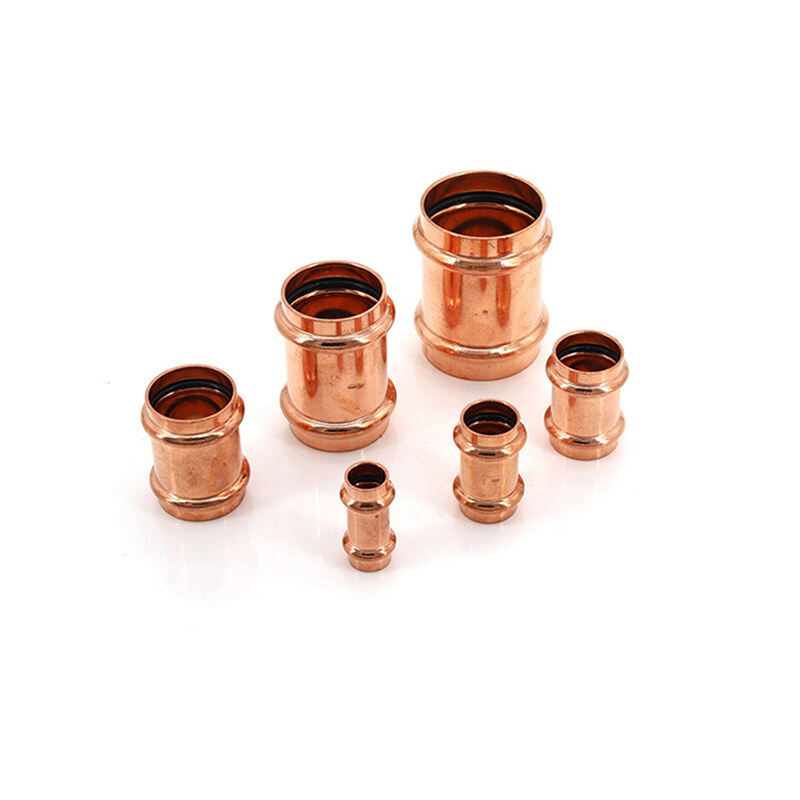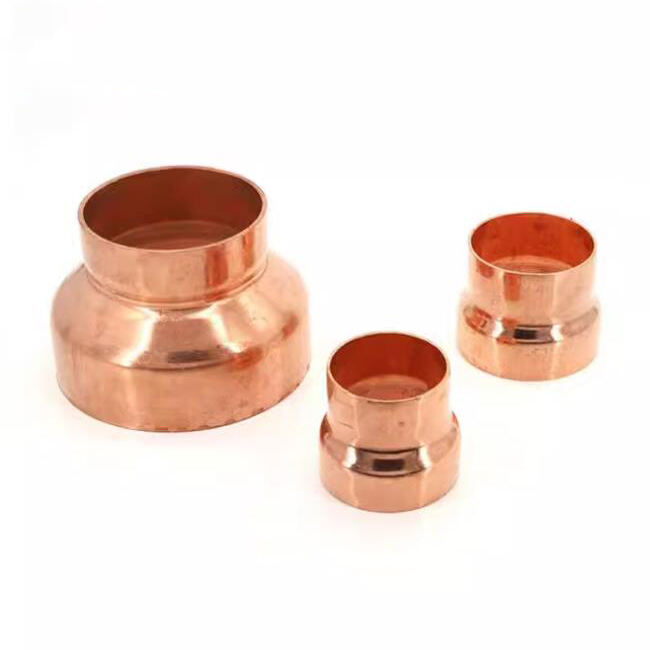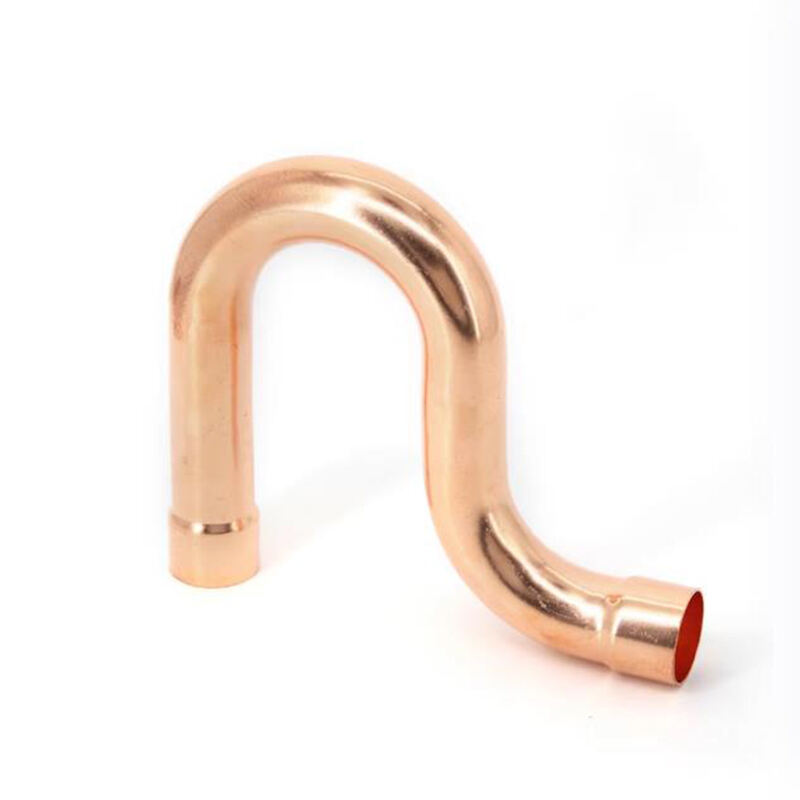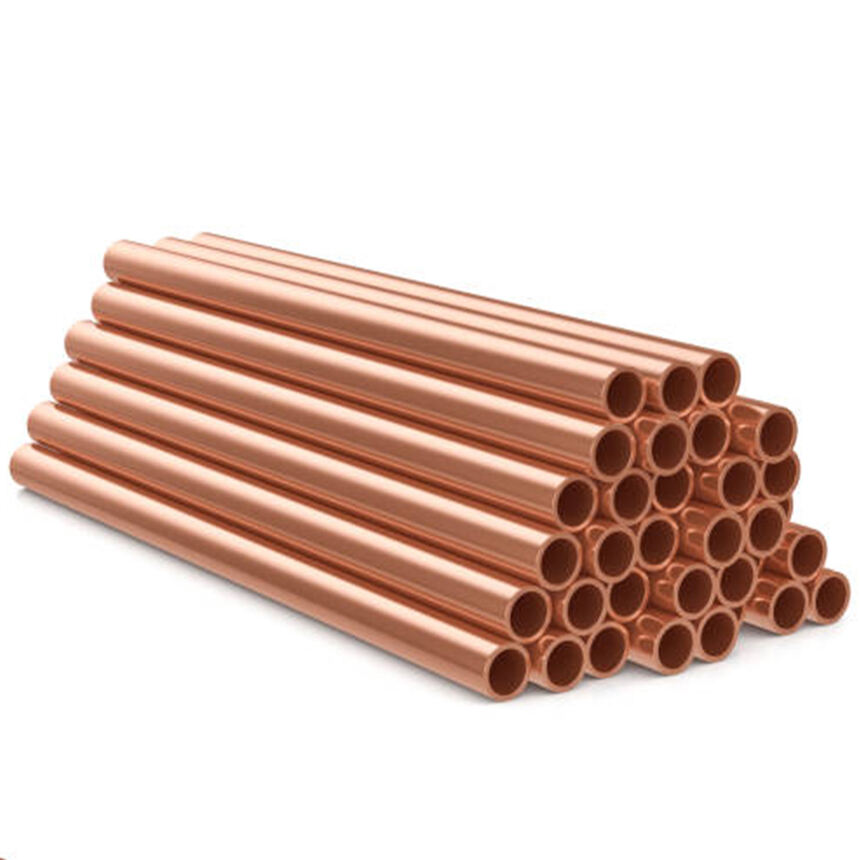Durability and Corrosion Resistance of Brass Fittings
Longevity in High-Pressure Environments
Brass fittings get built to handle serious pressure situations without breaking down over time, even when things get really intense. Most people don't realize how much pressure these fittings can actually take on compared to what's needed around the house. Industrial settings need something way stronger, and brass fits the bill there. The numbers tell part of the story too - many brass fittings can handle around 3000 pounds per square inch before giving way, though bigger ones might not reach those same pressure levels. Industry insiders have seen time and again that brass lasts much longer than other materials when kept under constant high pressure for extended periods. What makes brass so tough? It comes down to the mix of copper and zinc in its makeup. This combination gives brass its strength characteristics that make it stand out among different types of fittings used in demanding applications.
Resistance to Rust and Chemical Damage
Brass fittings have something going for them when it comes to standing up against rust and chemical damage, thanks mainly to that mix of copper and zinc they contain. Steel will rust pretty quickly under similar conditions, which makes brass a much better choice for places where chemicals are present. Tests done in labs show brass holds up way better over time compared to steel when subjected to harsh chemicals. The National Association of Corrosion Engineers has pointed this out in several studies, emphasizing how important this property really is. For anyone working with equipment that gets wet or exposed to corrosive substances regularly, brass fittings just make sense. They tend to last much longer before showing signs of wear, unlike cheaper alternatives that might start failing after only a few months of service.
Compatibility with Copper Pipes and Connectors
Seamless Integration with Copper Plumbing Systems
Brass fittings work really well with copper pipes because they fit together so nicely, making installation straightforward and improving how the whole plumbing system performs. The Plumbing Manufacturers Association actually backs this combo, suggesting plumbers stick with brass and copper when possible for the best outcomes. One big plus is that both metals expand at similar rates when heated, which means fewer problems with joints cracking under temperature changes. This kind of compatibility matters a lot in keeping water systems reliable over time, which is why most professionals still consider brass and copper together as one of the better options out there.
Thermal Expansion Coordination
Brass and copper have pretty much the same thermal expansion rates, which is why they don't tend to leak even when temperatures go up and down. The Copper Development Association has some good stats showing how reliable brass fittings stay in places where temperatures fluctuate all the time. Brass connectors form a good seal through these temperature swings, so plumbers often pick them for their jobs. When things expand and contract together like this, it creates a better fit that lasts longer too. Systems using brass components generally run smoother without problems across different weather conditions and usage patterns.
Enhanced Joint Integrity Through Brazing Techniques
Induction Brazing Process for Copper-Brass Connections
Induction brazing works as a precise way to heat metals, creating stronger bonds when connecting copper to brass parts. Instead of heating the whole piece, this method targets specific spots on the metal, which results in better quality joints and far fewer problems down the road. Studies done by welding experts show that these brazed joints actually get about 25 percent stronger than what we see with older techniques. What makes this process stand out? Well, it takes less time and effort from workers while also cutting down on oxidation issues that plague many brazing operations. Take FOCO Induction's latest offering for instance their 10 kW handheld unit can join copper pipes with brass fittings in just about 20 seconds flat. Such speed and accuracy make induction brazing particularly valuable across industries where precision matters most, including everything from HVAC systems to plumbing installations and even automotive manufacturing.
Benefits of Precision Heating Technology
When brazing with precision heating, the heat focuses specifically on the joint area rather than spreading everywhere, so the surrounding metal stays intact. This method actually reduces thermal stress on everything involved, making parts last longer and needing fewer repairs down the road. Research backs this up too, showing that when manufacturers control heat application properly, their connections tend to hold up better against wear and tear. For factories that adopt these practices, there are real savings in both money spent on maintenance and overall product quality across years of use. Take FOCO Induction for instance their systems deliver such precise temperature control that many plants report noticeable improvements in production consistency after switching from traditional methods.
Thermal Conductivity Advantages
Superior Heat Distribution Compared to Other Materials
Brass fittings have really good heat spreading properties, which makes them better than options like PVC or stainless steel when it comes to hot water systems. The metal conducts heat at around 120 W/mK, so it moves warmth through pipes much faster than other materials. According to research from Sigma Thermal, switching to brass components actually raises energy transfer rates by about 15%. That means water stays hotter for longer periods throughout the system. For anyone installing plumbing or working on heating solutions, this kind of performance boost matters a lot because it leads to more stable temperatures across different parts of the installation.
Energy Efficiency in Hot Water Systems
Brass fittings offer real advantages for energy savings in hot water systems across homes and factories alike. What makes brass special is its ability to hold up under high temps without warping, which means these fittings last longer while keeping systems running smoothly. Energy bills tend to go down where brass is installed, something many utility companies have started recognizing in their conservation initiatives. Looking at actual installations around the country shows that brass's superior heat transfer properties actually prolong the life of water heating equipment. The metal spreads heat evenly throughout the system, cutting down on those temperature spikes that wear out components faster. Less frequent repairs mean lower long term costs for building owners who switch to brass fittings in their plumbing infrastructure.
Environmental Sustainability of Brass Components
Recyclability and Reduced Environmental Impact
Brass fittings play a big part in being good for the environment because they can be recycled so well. Around 90 percent of brass gets recycled each year without any loss in quality, which helps create what's called a circular economy especially within plumbing work. When we recycle brass instead of making new stuff from scratch, there's just less trash going into landfills. The EPA actually points out how much better things get when non-ferrous metals such as brass are kept out of landfills through proper recycling efforts. Brass recycling isn't just about saving space in dumps though. Manufacturing companies that switch to using these kinds of materials cut down on pollution while still getting great performance from their products. For instance, many pipe manufacturers now prioritize brass components simply because it makes business sense both environmentally and economically speaking.
Long-Term Cost Efficiency Through Reusability
Brass fittings tend to save money in the long run because they last so long and hardly need any upkeep at all. When we look at how much different materials cost over their entire life span, brass comes out ahead even though it costs more upfront. The thing is, cheaper options just don't hold up as well. They break down faster and need replacing constantly, which adds up fast. For businesses running large plumbing systems, this makes brass a real winner when it comes to keeping expenses under control. Many companies have found that switching to brass fittings pays off within just a few years despite the higher price tag initially. Plus, there's something reassuring about knowing those pipes won't fail unexpectedly during busy periods when downtime means lost revenue.









